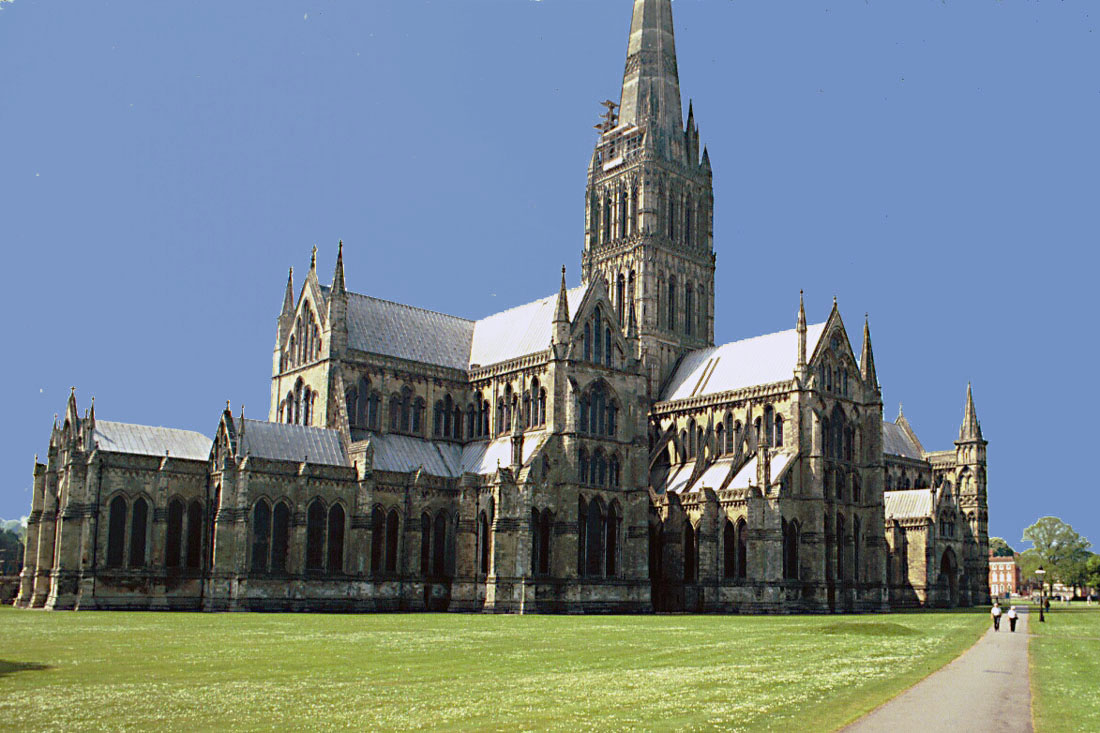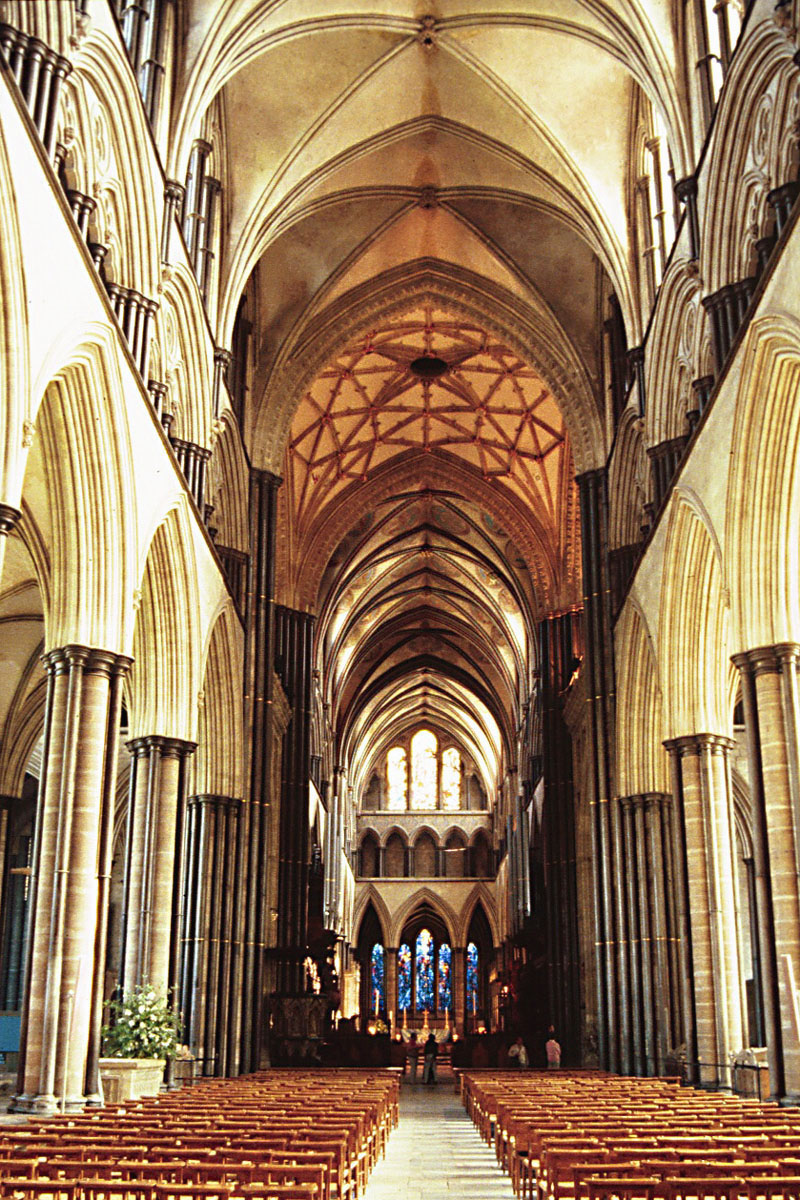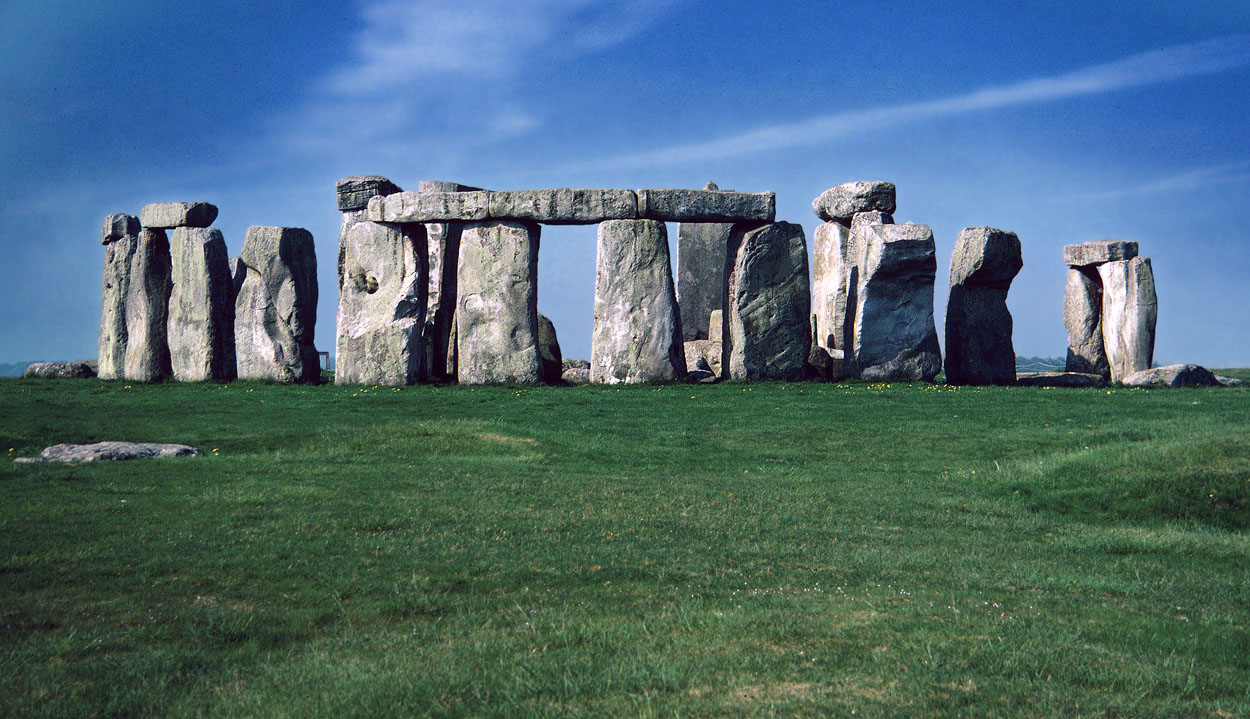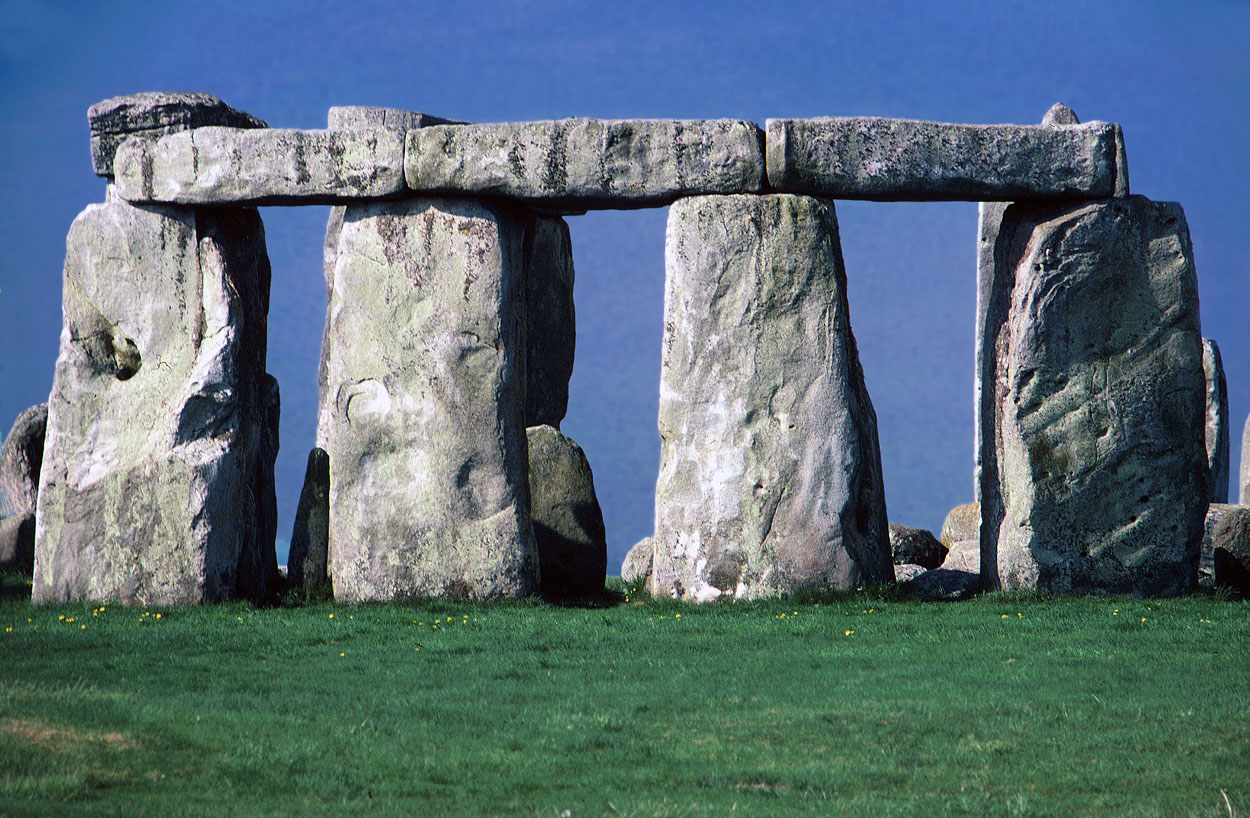|
Michael A. Stecker
mike@mstecker.com
Home
digiphoto
photomas
Places Index
Antarctica
Asia
Astronomical Sites
Australia
Egypt Europe
Polynesia
New Zealand
North America
Scenic
Treasures
Alaska
Albuquerque balloons
American Samoa
Antarctica
Astronomical Sites
Australia
Austria Bryce
Canada
Capital Reef
Chile
China
Clouds Egypt
England
Flowers Great Sand Dunes NM
icebergs
India
infrared
Israel
Monument Valley
Nepal
New England's autumn leaves
New Zealand
scenic treasures
Switzerland
Tahiti
Thailand Western Samoa
Yosemite in Spring
Yosemite in Winter
Salisbury England
Other United Kingdom Pages:
England Home Page
Photos of England:
Bath Blenheim Palace
Cambridge
Canterbury
Castle Howard
Cornwall
Lake District
London 1,
2
Northern England Oxford
Plymouth
Windsor Castle
Photos of
Scotland:
Edinburgh
lochs
British History:
Portraits of British
Monarchs 1 and
2
List of British Monarchs
(outside link)
History of England
(outside link)
Battles in England (outside link)
The Salisbury Plain
One of Great Britain's best-known open
spaces, consisting of a plateau covering about 300 square miles in the
county of Wiltshire, England. The largely treeless tract, drained to the
south by the River Avon and its tributaries, is built on chalk. Its
northern edge is defined by an escarpment overlooking the Vale of Pewsey.
Its other boundaries are less clear. The area was settled in early times
and abounds in prehistoric monuments, of which the best known is
Stonehenge.
|
|
Stonehenge
Stonehenge archaeological site is located about 8 miles
northwest of Salisbury,
in Wiltshire, England. Built in prehistoric times beginning about 3100 BC,
it is a monumental circular setting of large standing stones surrounded by
an earthwork. The monument consists of a number of structural elements,
mostly circular in plan. On the outside is a circular ditch, with a bank
immediately within it, all interrupted by an entrance gap on the
northeast, leading to a straight path called the Avenue. At the center of
the circle is a stone setting consisting of a horseshoe of tall uprights
of sarsen (Tertiary sandstone) encircled by a ring of tall sarsen
uprights, all originally capped by horizontal sarsen stones in a
post-and-lintel arrangement. Within the sarsen stone circle were also
configurations of smaller and lighter bluestones (igneous rock of diabase,
rhyolite, and volcanic ash), but most of these bluestones have
disappeared. Additional stones include the so-called Altar Stone, the
Slaughter Stone, two Station stones, and the Heel Stone, the last standing
on the Avenue outside the entrance. Archaeological excavations suggest
three main periods of building -- Stonehenge I (3100 BC), II (2100 BC),
and III (2000 BC), the last divided into phases. Why Stonehenge was built
is unknown, though it probably was constructed as a place of worship of
some kind. The English astronomer Sir Joseph Norman Lockyer demonstrated
that the northeast axis aligned with the sunrise at the summer solstice,
leading other scholars to speculate that the builders were sun worshipers.
|




